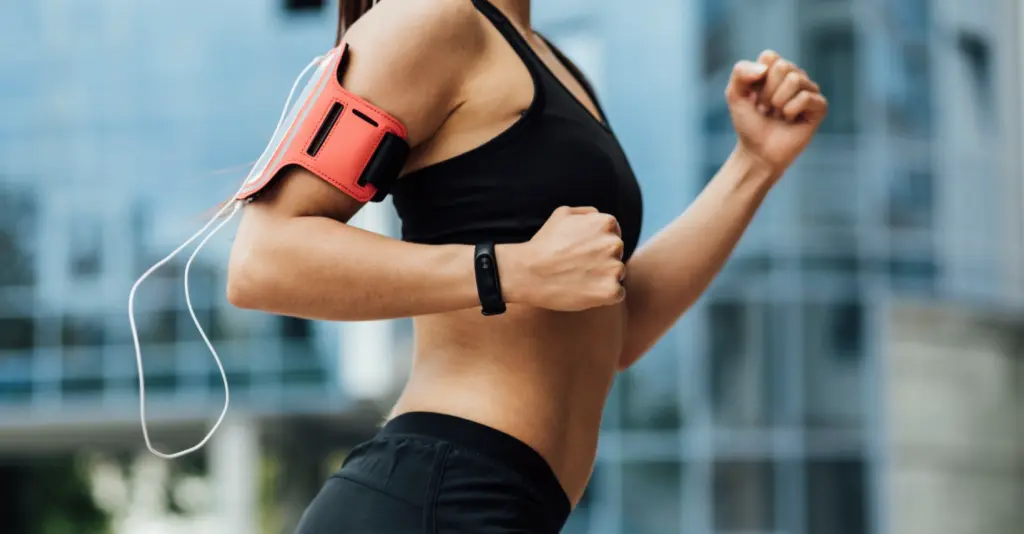El Atleta de la Placa: abastecimiento de combustible Basado en la Intensidad del Entrenamiento

The Athlete’s Plate: Fueling Based on Training Intensity One of the biggest misconceptions in sports nutrition is that eating healthy is enough. But for athletes, nutrition goes beyond “eating clean”—it’s about eating smart, based on your training load. That’s where the Athlete’s Plate comes in. As a Sports Dietitian, I often emphasize the importance of macronutrient distribution—carbohydrates, proteins, and fats—based on the intensity of your workouts. Whether you’re preparing for a light recovery session or a demanding day of back-to-back training, your plate needs to reflect your energy needs. Light Training Day: Your plate should focus more on lean protein and colorful vegetables, with a moderate amount of carbohydrates. Think recovery and maintenance. Moderate Training Day: Now carbohydrates start to take more space on your plate. They fuel your muscles, support performance, and speed up recovery. Hard Training or Competition Day: Carbs become the star! You’ll need a higher proportion of complex carbohydrates to maximize glycogen stores and sustain energy throughout intense training. Carbohydrates are not the enemy—they are the primary fuel source for athletes. Restricting them can compromise both performance and recovery. Tailoring your meals to your training load ensures you’re not just fueling—you’re fueling with purpose. Do you want to take the guesswork out of fueling? Get your copy of the Athlete’s Plate Guide—designed by a Sports Dietitian and Olympian—to learn how to build the right plate for light, moderate, and intense training days.
